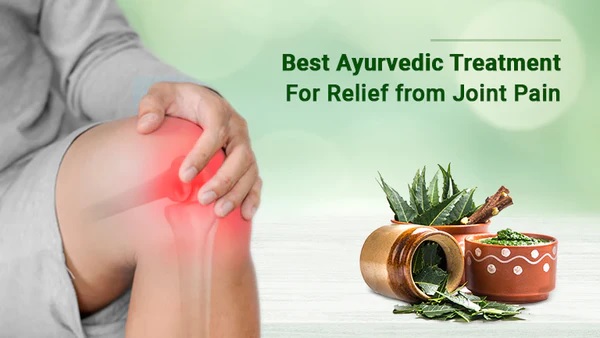Ayurveda for Joint Health
Discover the ancient wisdom of Ayurveda for joint health in our latest blog. Learn about natural remedies and holistic treatments that can alleviate joint pain, reduce inflammation, and improve mobility.
Dr. Amit Thorave
11/9/20242 min read


In Ayurveda, joint pain is fundamentally linked to the imbalance of the Vata dosha. Vata, responsible for movement and dryness within the body, when aggravated, can cause symptoms such as stiffness, pain, and cracking in the joints. This imbalance often leads to the accumulation of toxins, known as Ama, which further exacerbates joint discomfort. Ayurveda emphasizes the importance of balancing Vata through diet, lifestyle, and detoxification practices.
Dietary adjustments play a significant role in soothing Vata. Consuming warm, moist, and oily foods helps to counteract Vata's natural dryness and cold qualities. Foods like soups, stews, and dishes prepared with ghee are particularly beneficial. It is also essential to avoid dry, cold, and raw foods that can aggravate Vata. Ayurveda also advises regular consumption of warm water and herbal teas to aid digestion and reduce Ama.
Detoxification through Panchakarma is a cornerstone of Ayurvedic treatment for joint pain. This includes procedures such as Abhyanga (oil massage) with warm medicated oils to nourish the joints and alleviate stiffness. Swedana (steam therapy) helps to open the bodily channels and expel toxins. Virechana (therapeutic purgation) is used to cleanse the digestive tract and remove excess Pitta, which can contribute to inflammation. Basti (medicated enema) is particularly effective for balancing Vata and cleansing the colon, a crucial area for Vata disorders.
Lifestyle practices are equally important in managing joint pain. Regular, gentle exercise, such as yoga, helps maintain joint flexibility and strength. Specific yoga poses, like the Cat-Cow stretch and gentle forward bends, can be beneficial. Maintaining proper posture and ergonomics during daily activities can prevent additional strain on the joints. Mindfulness techniques, including meditation and pranayama (breathing exercises), are recommended to reduce stress, which can otherwise aggravate Vata. Practices such as alternate nostril breathing (Nadi Shodhana) are particularly effective in calming the mind and balancing Vata.
Furthermore, adhering to a daily routine, or Dinacharya, helps support overall health and balance. This includes maintaining regular meal times, ensuring adequate rest and sleep, and practicing self-care rituals like oil pulling to remove toxins and improve oral health, indirectly supporting detoxification. Staying hydrated by drinking warm water throughout the day is also emphasized to aid digestion and toxin elimination.
By addressing dietary habits, detoxification, and lifestyle practices, Ayurveda provides a comprehensive approach to managing joint pain, promoting long-term relief, and enhancing overall well-being.
